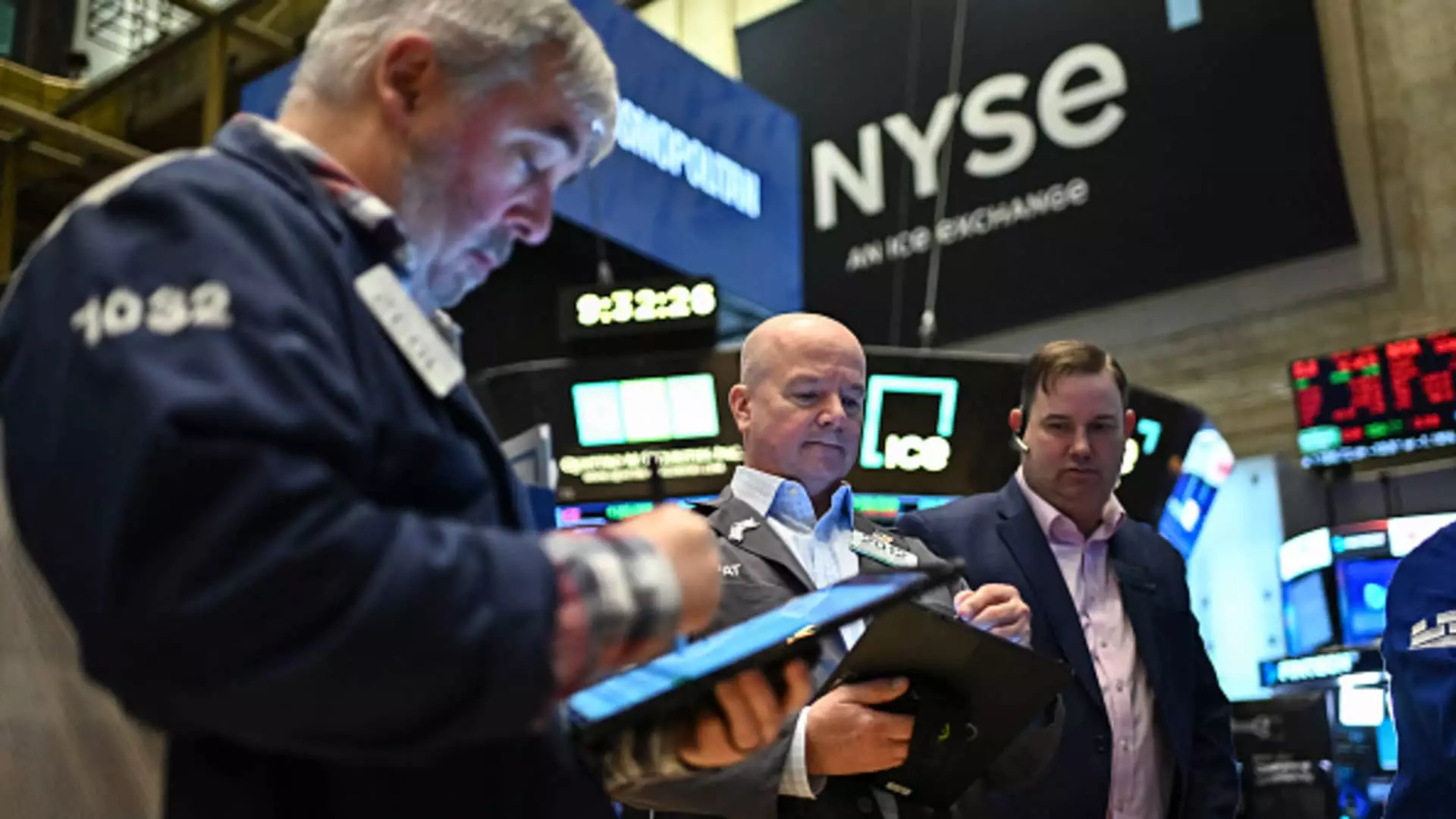Over the past two years, stock market investors have witnessed remarkable returns that have captivated the financial landscape. The S&P 500 index surged by 24% in 2023 and sustained a robust 23% growth in 2024, including dividends that pushed these figures to an impressive 25% and 26% respectively. Such extraordinary gains, while thrilling, raise questions about sustainability and future performance. Historical data reveals that achieving three consecutive years of over 20% returns is an exceptional occurrence, having happened only once since 1928.
Analysts and investment strategists, including Scott Wren from Wells Fargo Investment Institute, are cautioning investors about the likelihood of this trend continuing into 2025. The underlying premise is clear: while the past two years have spoiled investors with dividends galore, the landscape may shift noticeably in the immediate future.
The Historical Context: A Foundation for Concern
The average annual return for the stock market since 1926 hovers around 10%, offering a stark comparison to the recent performance. Adjusting for inflation, the average return historically ranges from 6.5% to 7%, a figure grounded in analyses spanning back to the 1800s. Callie Cox, the chief market strategist at Ritholtz Wealth Management, emphasizes the idea that investors have become accustomed to unreasonably high returns over the past two years. While in the grand scheme of investing, periods of significant growth are typically followed by moderate corrections or adjustments, the current market climate showcases a possible reversion toward historical norms.
Despite not adhering to historical guidelines, Cox asserts that the current investing climate contains several uncertainties that may hinder performance perspectives for 2025. Factors such as tariffs, potential inflation spikes, and increasing bond yields introduce an additional layer of complexity that could dampen market enthusiasm.
Adverse market developments are not entirely distant possibilities; current economic uncertainties could interact in unpredictable ways. The threat posed by fluctuating tariffs and the potential for a resurgence of inflation cannot be underestimated, as Scott Wren articulates well in his market analysis. The impending surge in bond yields also warrants close scrutiny, as higher yields are likely to impact demand for equities negatively, potentially causing a shift in how investors allocate their resources.
In this landscape, the technology sector warrants particular attention. Historically, tech companies have significantly contributed to the robust performance of the S&P 500, but recent developments, including a rout in January 2025—which stemmed from competitive pressures like those from the Chinese AI player DeepSeek—permeate the air with caution. Although tech stocks have since regained ground, the sustained volatility raises valid concerns about their continued outperformance.
As we look toward 2025, there remain elements of optimism in the mix. A buoyant economic backdrop characterized by steady consumer spending and a balanced unemployment rate may indeed allow the S&P 500 to increase by approximately 12%. If this projection stands, it would slightly exceed the long-term historical average, presenting a case for cautious optimism amid ongoing volatility.
However, it becomes crucial for investors to temper their expectations. The high returns experienced in the past two years can foster unrealistic anticipations for the future. As Cox wisely advises, a fundamental approach focusing on resilience and balance is essential in today’s market. Investors are encouraged to review their portfolios meticulously, aligning their strategies with long-term aspirations and risk tolerance levels.
As the wind shifts in the investment landscape, the lessons learned over the last two years should not fade into oblivion. Both Warren Buffett and Charlie Munger routinely extol the virtues of prudence and long-term planning, emphasizing a philosophy that is ever-relevant in abating market-induced shocks. Investing can remain a rewarding activity, but balance, awareness of risks, and adjustments in expectations will prove invaluable as the stage is set for a potentially tumultuous 2025. Investors should proceed with cautious optimism, embracing a continued focus on achieving sustained growth while acknowledging the uncertainties that lay ahead.

